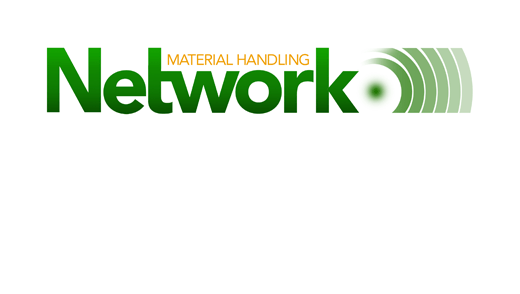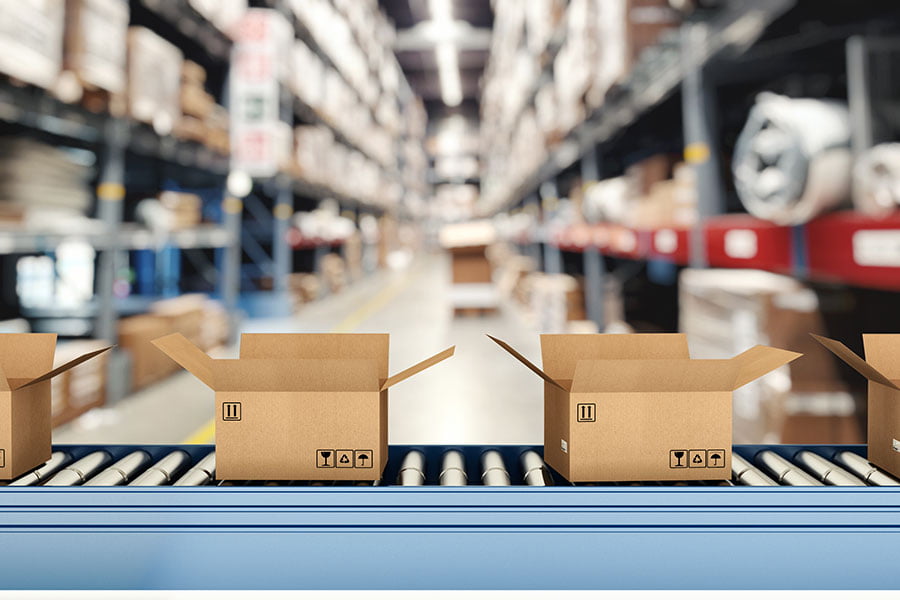Published January 13, 2014
Many people who work in supply chains are familiar with the old saying, “The forecast is always wrong.”
It’s almost always true, of course. But it doesn’t mean that it’s not important or it can’t be improved. It also doesn’t mean the cost for accuracy improvement is high or that the rewards are not consequential for the business.
In fact, accurately forecasting customer demand-neither over-forecasting nor under-forecasting-matters in many ways for every manufacturer, wholesale distributor, and retailer.
Here are the top 10 business reasons why.
Reasons related to under-forecasting:
- Customers count on on-time shipments. It’s true that some customers plan ahead, order early, and are not impacted by delay. However, most customers place orders when appropriate or, due to lack of planning, later than they should have. When customers don’t receive product as expected, other plans or schedules often need to be changed unnecessarily. In the worst case, under-forecasting may cause customers to lose business.
- Customers expect complete shipments. The bottom line is that if customers needed less, they would have ordered less. In some instances, receiving less than ordered isn’t any better than having received nothing at all. Ship or cancel customers (those for which there are no backorders) have to create another transaction-order, receive, stock, post, and pay-at a minimum. For retailers, empty store shelves are especially obvious.
- Out-of-stock situations create unnecessary costs. Make a list to get the idea of the potential areas of unnecessary expense: air freight, rush delivery services, frantic emails and phone calls, overtime, potentially unhappy customers, and fines. For manufacturers, they may experience unplanned production changeovers, lost manufacturing capacity, and supply issues potentially created for other products.
- Back orders are not free either. In the office, back orders are just more paperwork. In the distribution center or plant warehouse, an extra pick (possibly an extra re-pack and an extra shipment) can often happen at your cost. And, for many transportation modes, the freight costs are front-loaded, which means the shipment itself impacts your cost more than distance or responsiveness. This forces your customers to duplicate effort already expended.
- There are complexities associated with selling price and return privileges. When customers order more to take advantage of price breaks, short shipments create additional issues. Even if the lower price is honored, the situation will likely frustrate the customer. Furthermore, the margin is reduced and a net loss situation may be created. When an individual order necessitates multiple shipments, return authorizations become more complicated, requiring manual intervention to “work around the system.
- Missed, late, and short shipments hurt more than one-time revenue loss. The most insidious impact of all-missed, late, and short shipments-undermine your customer’s confidence in your reliability to support their supply chain well. The familiar statement “it’s easier to keep a customer than find a new one” rings true, especially with today’s increased customer expectations
Reasons related to over-forecasting:
- Overstock costs more than merely working capital and holding costs. The concept of period inventory holding costs associated with storage, risk, and opportunity seems somewhat obscure to many in supply chain operations and even some planning personnel. However, transportation to outside storage facilities, extra rent, third-party logistics costs, inventory write-off, and the need to borrow additional working capital at short-term interest rates to cover cash requirements are all very real to your finance personnel.
- Overstock can impact customers, even when shipped. For dated product, the most obvious aspect of shipping overstock is closer expiration dates. However, in many cases, dated product or otherwise, older product has customer impacts which may not be apparent. Product can be perceived to be older from packaging, package or product deterioration, or merely dust. When incorporated into the customer’s product, it may not perform as well.
- Overstock impacts warehousing operations. When there is inadequate space, over and above the costs of additional space noted above, operations become more complex. Slotting plans get undermined, pick paths lose their effectiveness, product ends up in traffic aisles, damage increases, and efficiency suffers-all of which impact operating costs negatively.
- Liquidation of overstock is not always simple. For branded product, liquidation carries with it the overriding issue of brand control and price stability if it goes outside normal market channels. Even if it goes within legitimate market channels at reduced price, there are concerns about price erosion. However, even for non-branded product, there are issues to be addressed (who, when, where, how), extra costs (picking, shipping, removal of labeling, re-packaging), and potentially increased product liability.
Through business processes, internal and external collaboration, visibility, science and technology, and numerous other techniques, virtually every demand forecasting situation can be improved. Remember: this improvement increases both profitability and competitiveness.
For a closer look at this topic and more, download the paper Demand-Driven Value Networks.



